There are four ways to understand the relationship between intentionality and consciousness on the one hand and the naturalization project on the other.
- First: intentionality is naturalizable (that is, it can be investigated by empirical sciences) yet it is a non-conscious property, as the so-called Naturalist-Externalist Research Program (NERP) maintains.
- Second: intentionality is both naturalizable and conscious.
- Third: intentionality is non-naturalizable, yet it is a conscious property. By talking of consciousness, both these latter two ways want to explore the idea that intentionality is phenomenal intentionality, that is, it is a property that mental states possess in virtue of their having a phenomenal character, a certain ‘what it is like’. They hence articulate the so-called Phenomenal Intentionality Research Program (PIRP).
- Fourth: intentionality is neither naturalizable nor conscious, where the best candidates for being intentionality in this sense are either normative properties or basically modal properties.
The first way has hitherto proved to be unsuccessful, either because no utterly convincing theory within such a program has been found or because the program has some principled problems. Yet the latter three ways are well alive and kicking. However, not only have they not been properly tested and developed yet, but one must also understand up to what extent they are connected despite being conceptually different. In this project, we will try to better develop and strenghten each of these three latter ways, by organizing three thematic workshops on them that must explore their respective pros and cons, in order to comparatively assess which is, presently, the best way to understand intentionality. Such an understanding is not a mere theoretical aim, but it has also repercussions on the general enlightment on us as human beings. Intentionality is indeed one of the most relevant properties of the mind. Thus, to clarify, on the one hand, up to what extent intentionality is conscious, and on the other hand, whether it is naturalizable, has a bearing on our general understanding of what it is for a being, primarily a human being, to have a mind. This will enable us to assess what is the place of the mind, or of mental states more specifically, in the general order of the world.
Image: Sea, Daniela
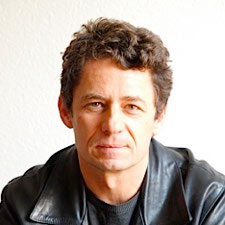
Gianfranco Soldati
Project Leader
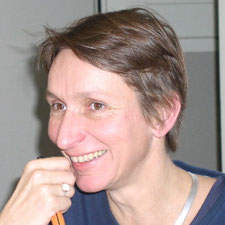
Martine Nida-Rümelin
Project Co-organiser
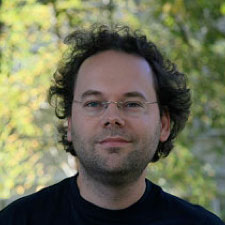
Fabian Dorsch
Project Co-organiser
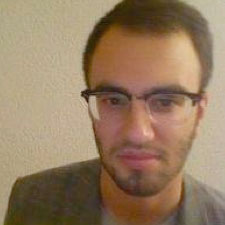
Patrik Engisch
Project Co-organiser
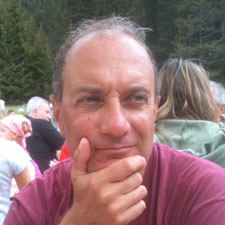
Alberto Voltolini
Project Co-organiser

Elisabetta Sacchi
Project Co-organiser

Carola Barbero
Project Co-organiser

Giulia Martina
Project Co-organiser
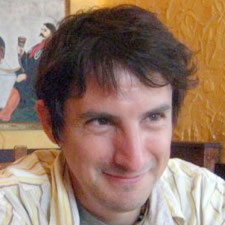
Uriah Kriegel
Project Co-organiser
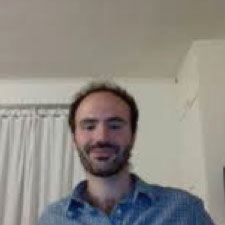
Davide Bordini
Project Co-organiser